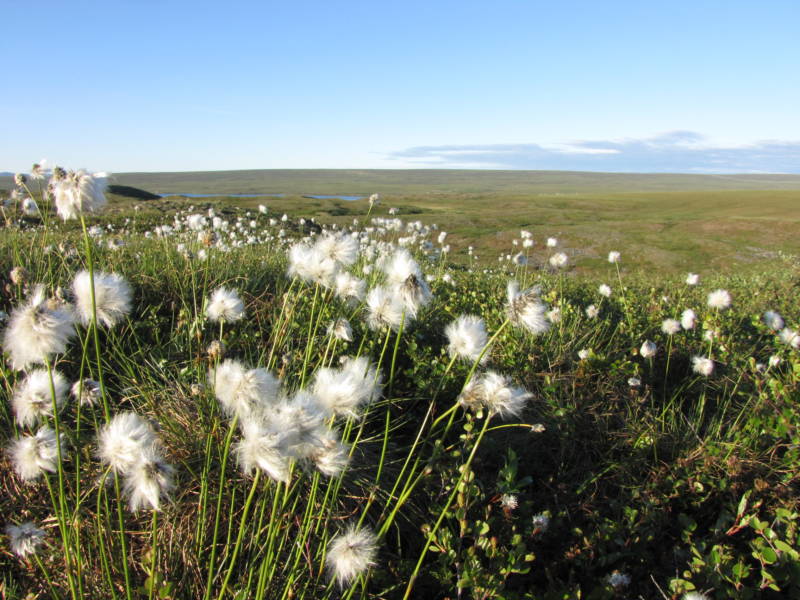
Two new studies out of Stanford’s Carnegie Institution for Science raise interesting questions about human influence on the future of the world’s climate and about our role in global warming thousands of years ago.
The first study, authored by Ken Caldeira and Long Cao, used models to examine the climatic effects of actively removing CO2 from the atmosphere. What they found is that even if all CO2 emissions were magically halted, and CO2 levels in the atmosphere were instantly reduced to pre-industrial levels, the resulting drop in temperatures would offset less that half of the CO2-induced warming.
This discrepancy, the scientists say, is due to complexities in the carbon cycle. First, as CO2 in the atmosphere drops, the ocean, which acts as a carbon sink by absorbing CO2 from the air, will release more of its stored carbon. Second, the carbon balance on land will change, too. As temperature and CO2 concentrations change, soils will begin to release more carbon than plants take in.
Therefore, in order for CO2 scrubbing to be effective, said Caldeira in an email, we may have to commit to it for a long time. “To maintain atmospheric CO2 at low levels would require removing CO2 from the atmosphere as it degassed from the oceans and land surface. This process takes many decades, even centuries,” he wrote.
That revelation, “has obvious implications for the public and for policy makers as we weigh the costs and benefits of different ways of mitigating climate change,” according to Caldeira.
The second study, which has been the target of some skepticism in the blogosphere, suggests that humans may have been influencing the climate thousands of years ago, long before was previously believed. In the paper, authors Chris Doughty, Chris Field, and Adam Wolf, all of the Carnegie Institute, propose that the extinction of mammoths 15,000 years ago, caused in part by human hunters, may have contributed to global warming by causing a change in the albedo of the land surface in the far north. Mammoths ate birch, which kept the dark green plant in check across the grasslands of North America and present-day Russia. As the population of the large mammals declined, the authors assert, the birch spread and dominated the lighter-colored grasslands, which effectively changed the color of the landscape. A darker land surface absorbs more heat than a light one. This in turn heats up the air, creating a positive feedback loop that encourages the spread of more birch.
The authors estimate that the mammoth extinction could account for approximately one-quarter of the spread of birch at that time, and that the increased birch cover could have warmed the planet .18 degrees F over several centuries.
One thought on “Humans and Climate, Past and Future”
Comments are closed.

Found these studies fascinating and most plausible.
It makes me wonder, if the enormous amount of oil gushing into the gulf will have an impact on global warming. joyce